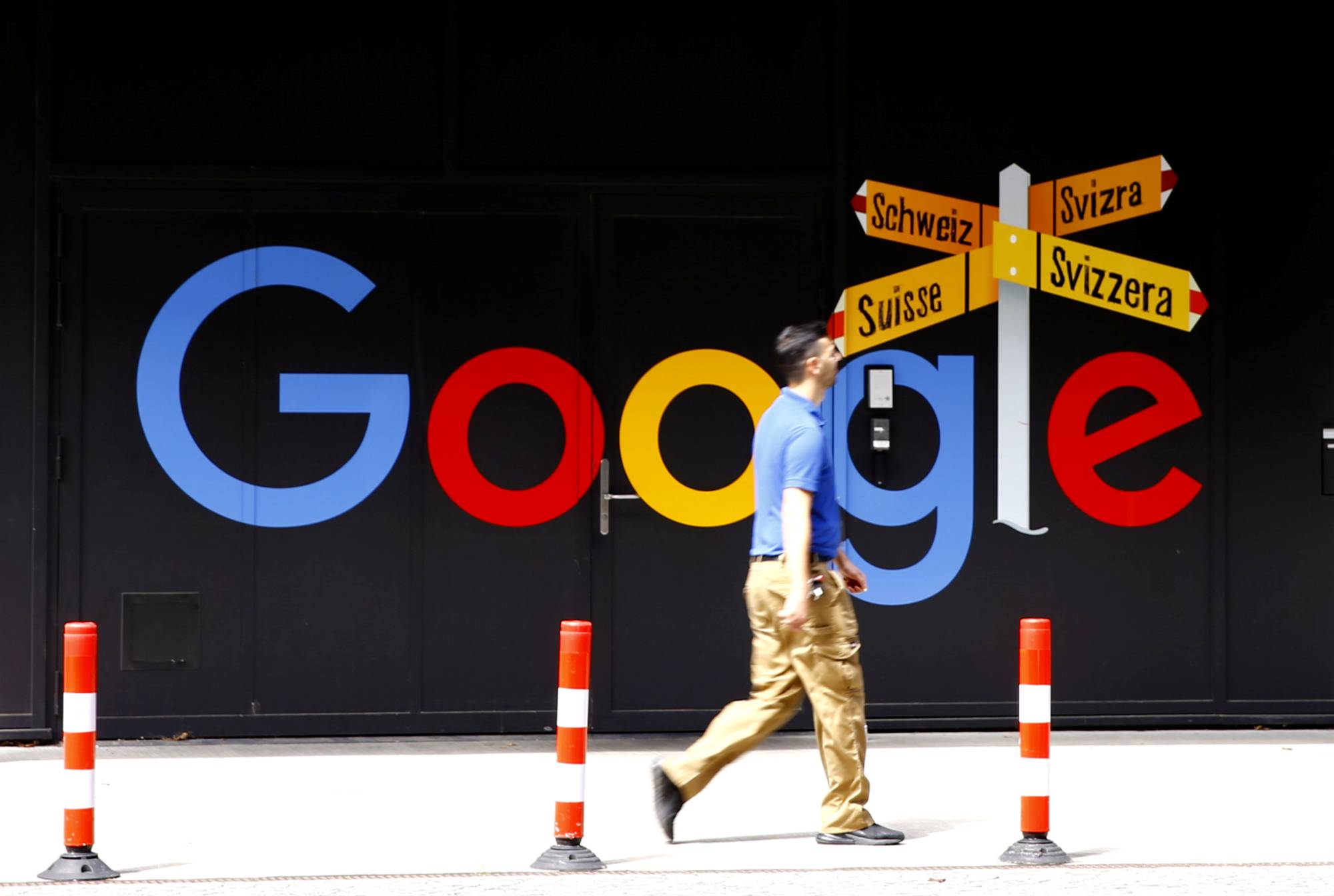Type a query into the Google search bar on a smartphone and there's a good chance the results will be dominated by advertising.
That stems from a decision in 2015 to test a fourth ad, rather than three, at the top of search results. Some employees opposed the move at the time, saying it could reduce the quality of Google’s responses, according to people familiar with the deliberations. But the company brushed aside those concerns because it was under pressure to meet Wall Street growth expectations, one of the people said.
By 2016, the extra marketing slot was a regular feature. It’s one of the many ways the search leader has altered how it presents results since its early days. Another example is the packaged information Google often displays in a box at the top of a page, rather than sending users to other websites. Phased in gradually over years, changes like these have gone largely unnoticed by legions of consumers who regularly turn to Google to call up information and hunt for bargains. The company says these changes support its mission to organize the world’s information and make it useful and accessible to everyone.



















With your current subscription plan you can comment on stories. However, before writing your first comment, please create a display name in the Profile section of your subscriber account page.